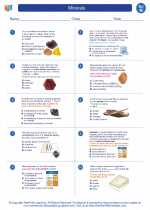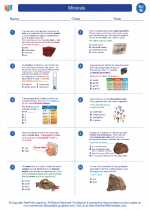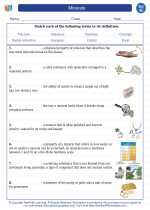Key Concepts in Neurophysiology
Neurons
Neurons are the basic functional units of the nervous system. They transmit information via electrical and chemical signals. Neurons consist of a cell body, dendrites (which receive signals), and an axon (which transmits signals to other cells).
Synapses
Synapses are the junctions between neurons where information is transmitted. Neurotransmitters, chemical messengers, are released at the synapse and travel across the synaptic cleft to relay signals to the next neuron or target cell.
Action Potentials
Action potentials are electrical impulses that allow neurons to transmit signals over long distances. When a neuron is stimulated, it generates an action potential that travels down the axon, leading to neurotransmitter release at the synapse.
Central and Peripheral Nervous Systems
The nervous system is divided into the central nervous system (CNS), which includes the brain and spinal cord, and the peripheral nervous system (PNS), consisting of nerves and ganglia outside the CNS. The CNS processes and coordinates information, while the PNS connects the CNS to the rest of the body.
Reflex Arcs
Reflex arcs are neural circuits that control reflexive actions. When a stimulus is detected, sensory neurons send signals to the spinal cord, which then directs motor neurons to produce a rapid response, often without involvement of the brain.
Study Guide for Neurophysiology
Here are some key points to focus on when studying neurophysiology:
- Understand the structure and function of neurons, including the roles of dendrites, cell body, and axon.
- Explain the process of neurotransmission at the synapse, including the release and reception of neurotransmitters.
- Describe the generation and propagation of action potentials and how they contribute to signal transmission.
- Differentiate between the central and peripheral nervous systems, and their respective functions.
- Examine the concept of reflex arcs and how they allow for rapid, involuntary responses to stimuli.
- Explore the effects of various neurological conditions on neurophysiological processes.
Understanding neurophysiology requires a grasp of the intricate mechanisms that underlie nervous system function. By mastering these key concepts and studying the interactions between neurons and other cells, you can gain a deeper understanding of how the nervous system operates.
.








